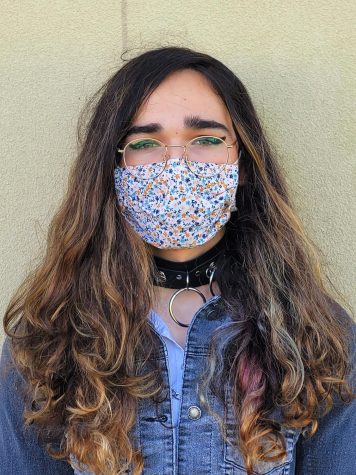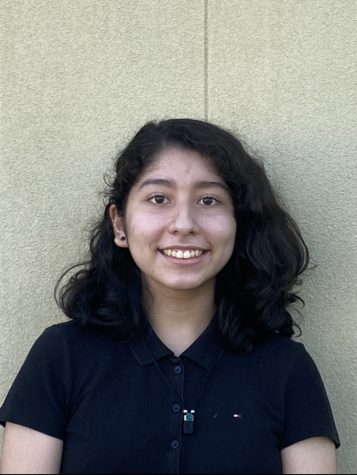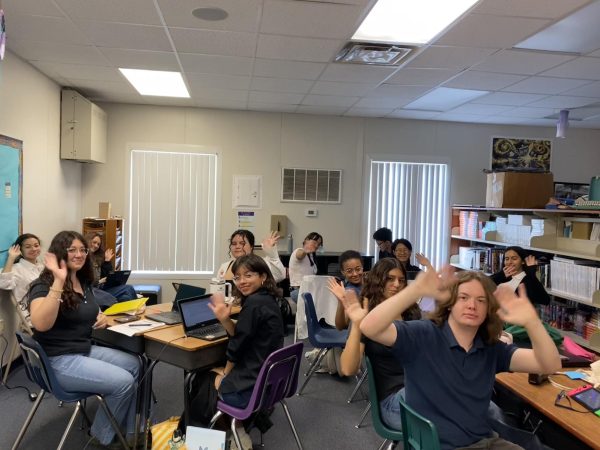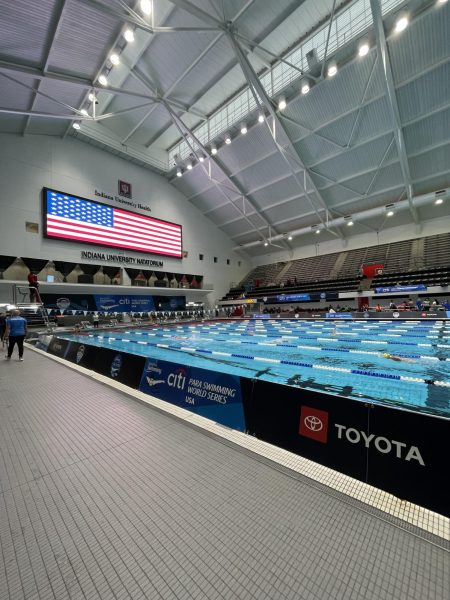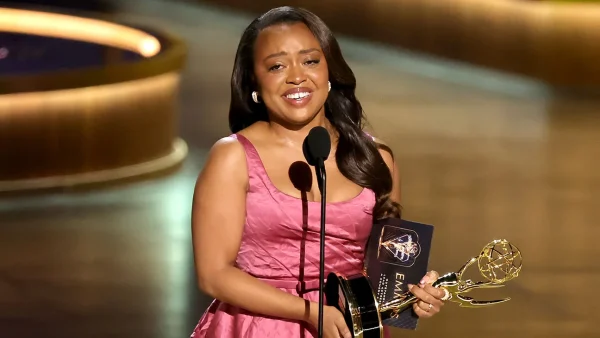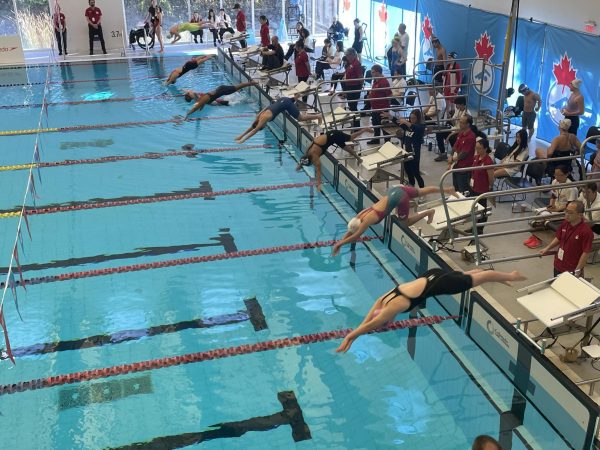The Danger of an Artist with No Heart | AI “Art”
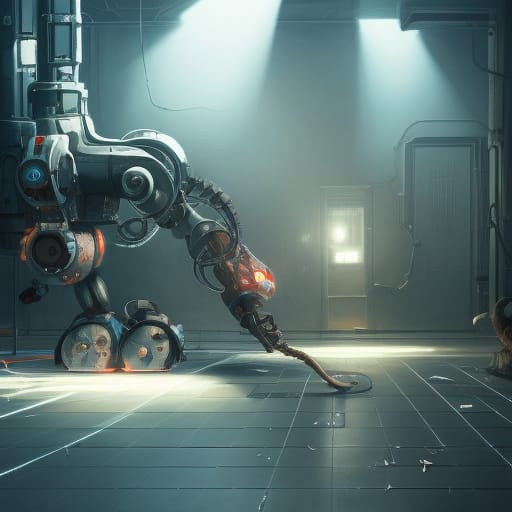
A NightCafe generation that mimics art, human and robot becoming blurred.
January 13, 2023
A Masterpiece
As technology marches on, and we head into 2023, AI-art and its clash against human-made art becomes that much more apparent and worrying. AI art functions in a simple way that anyone can (ab)use: simply find a website handling AI art, type in a phrase, then out comes a finished painting or essay mostly resembling what you expected. Edit out the kinks, and you’re given a “masterpiece.”
Still, that begs the question, what does that really mean? A masterpiece could be defined in a very concise and specific way: human hands making a masterful commentary or showcase on humans. So then, when do we define the barrier between human and machine? AI, as it stands now, is not sentient, nor does it have a beating heart, feelings, or life. It was crafted by humans, but ultimately, it’s a machine; by definition, it isn’t human.
One philosophical argument that becomes incredibly important is the “Chinese room” by John Searle. Suppose that you are in a closed room with an English version of a computer program, along with papers, pencils, and filing cabinets. You receive Chinese characters through a slot in the wall. You are to put them through the program, receive a response, write it down, and put it through the slot. This situation showcases that, despite the fact that you are “translating” characters, you haven’t the slightest idea what they mean, nor do you gain a knowledge of the characters. That, then, means the same for AI. It outputs a creation that has no soul behind it, no understanding, no years of life to put into it. It’s a semblance of humanity, an imitation. Thus, AI art isn’t art, it shouldn’t even be considered art, however the issue grows contentious.
“I won, and I didn’t break any rules.”
A good portion of people support the AI programs that allow them to create “art” at the click of a button, while artists and people who create art themselves are against it, nearly even repulsed by it. Truthfully, it’s a reasonable response from them, people are using the end results of AI programs and are claiming it as their own, as something that they produced themselves. As a matter of fact, an instance of this occurred in the Colorado State Fair’s annual art competition where Jason M. Allen, a self-proclaimed “AI-Artist” submitted a piece created and generated by Midjourney, an AI program made to produce art with the use of words or phrases. Allen won first place. The piece he named “Théâtre D’opéra Spatial” was something he did not make himself using a paintbrush nor a stylus. It was the only piece submitted to the competition that was AI generated and it won. “I won, and I didn’t break any rules,” said Allen on Twitter. The ability of generated art to win first place in an art competition feeds the idea that AI could potentially replace people in the future.
Particularly one issue that increases the popularity of these websites is that people will believe that this is what can make them an artist. On the front page of NightCafe is a user quote. “I love it so much because I love art so much. And you literally gave me a way to be an artist. Where I did not have that before…” If we think of this as an acceptable concept, we start to normalize the idea of AI being complex enough to replace artists, of which still remain. It can make one opposed to actually applying to animation schools, due to this fear of being replaced. This is unacceptable. AI should not be moving in this direction. It is a tool, not a replacement, and the ever-growing blur between the two is exceptionally worrying. It’s imperative that we recognize this danger and stop it before it becomes an even greater issue.

